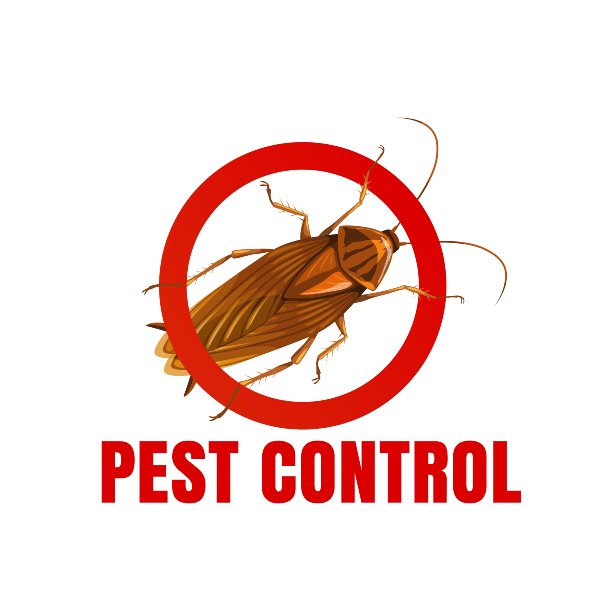Quality A1 Pest Control Services Charlotte - Protect Your Home
Quality A1 Pest Control Services Charlotte - Protect Your Home
Blog Article
Bed Pest Treatment Failure: Comparing Chemical Vs. Non-Chemical Solutions
In the world of bug control, especially when handling the persistent problem of bed bugs, the option in between chemical and non-chemical treatment options can be an essential one. Both approaches supply unique advantages and disadvantages, affecting variables such as efficiency, security factors to consider, and total expense. By analyzing the nuanced information of each method, a clearer understanding of which path to seek in dealing with a bed bug invasion can be obtained.
Effectiveness of Chemical Treatments
Chemical therapies for bed pest infestations have actually been extensively acknowledged for their rapid and powerful effectiveness in eradicating these bugs. When thinking about the performance of chemical therapies, it is critical to recognize that they can provide a thorough and quick option to a bed bug trouble. Expert pest control operators often depend on insecticides to target bed insects at different stages of their life process, including nymphs, grownups, and eggs. These chemicals generally work by interrupting the bed bugs' nerve system, resulting in paralysis and eventual fatality.
Additionally, chemical treatments have the advantage of providing recurring effects, suggesting that they can remain to get rid of bed bugs also after the initial application. This residual activity is particularly advantageous in combating any kind of potential re-infestations. Furthermore, the rapid activity of chemical therapies can bring relief to individuals dealing with extreme bed insect infestations, permitting them to reclaim control of their living areas quickly.
Safety And Security Worry About Chemical Solutions
One vital facet that needs careful consideration when utilizing chemical solutions for bed pest treatment is ensuring the safety and security of occupants and the atmosphere. Exposure to particular chemicals made use of in bed pest treatments can lead to respiratory system concerns, skin irritation, or other damaging responses, specifically in individuals with pre-existing problems or sensitivities.
Additionally, the environmental impact of chemical services is another substantial factor to consider. Some pesticides utilized in bed insect treatments might be unsafe to beneficial insects, wild animals, and environments if they leach into the dirt or water systems. It is necessary to use chemical therapies deliberately, complying with security standards, and taking into consideration less harmful choices to mitigate these dangers and guarantee the effective and risk-free monitoring of bed bug problems.
Advantages of Non-Chemical Strategies
Taking into consideration the possible safety worries and environmental effect related to chemical solutions for bed pest treatment, checking out non-chemical techniques presents an appealing choice with a number of distinct advantages. Non-chemical methods offer a much safer option for houses, particularly those with pets, people, or youngsters conscious severe chemicals. These approaches remove the dangers of direct exposure to toxic substances, lowering the possibility for damaging wellness impacts. In addition, non-chemical treatments are eco pleasant, as they do not add to air or water air pollution, making them a sustainable option for parasite control.
Furthermore, non-chemical remedies can be effective in targeting bed bugs, consisting of hard-to-reach locations where chemical treatments might not pass through - A1 charlotte bed bug exterminator. Techniques such as heat therapy, vacuuming, heavy steam cleaning, and mattress coverings offer comprehensive obliteration without the use of dangerous chemicals.
Limitations of Non-Chemical Treatments

Additionally, non-chemical treatments commonly require multiple applications to accomplish successful obliteration. This can be taxing and may not always ensure full removal of all bed insects and their eggs, particularly in hard-to-reach or hidden places.
Moreover, the success of non-chemical treatments greatly counts on appropriate execution and thoroughness, which can be testing for people without professional expertise. Inadequate application of non-chemical techniques might lead to insufficient removal, bring about persistent infestations and the demand for additional therapies.
Therefore, while non-chemical therapies have their advantages, it is crucial to acknowledge these constraints and consider them when determining the most reliable method for handling bed pest problems.
Price Comparison: Chemical Vs. Non-Chemical Options
Provided the limitations connected with non-chemical therapies, a vital aspect to assess in the context of bed bug management is the price comparison between chemical and non-chemical alternatives. Chemical therapies usually include the application of go to this site insecticides by specialists, which can range from $250 to $900 per space, depending upon the extent of the problem and the dimension of the location to be dealt with. In comparison, non-chemical treatments like heat treatment or steam can be more costly, with costs ranging from $1,000 to $6,000 for an entire home. While the initial expense of chemical treatments may appear lower, numerous therapies may be needed to completely eradicate the problem, possibly boosting the overall cost. On the various other hand, non-chemical alternatives may supply an extra environmentally friendly and lasting remedy, although they can be cost-prohibitive for some individuals. Inevitably, when considering the price of bed insect treatment options, it is essential to evaluate the ahead of time expenditures versus the performance and lasting sustainability of the picked approach.
Conclusion

Taking into consideration the home bugs control potential safety problems and ecological effect associated with chemical options for bed insect therapy, exploring non-chemical strategies provides a promising choice with a number of unique advantages.Provided the constraints linked with non-chemical treatments, an essential aspect to review in the context of bed bug monitoring is the expense contrast between chemical and non-chemical options. In contrast, non-chemical treatments like warmth therapy or vapor can be much more expensive, with costs ranging from $1,000 to $6,000 for a whole home. While the first expense of chemical treatments may seem reduced, several therapies might be called for to completely remove the infestation, potentially boosting the total expense.In conclusion, when contrasting chemical and non-chemical bed pest treatment options, it is vital to consider efficiency, safety, benefits, restrictions, and price.
Report this page